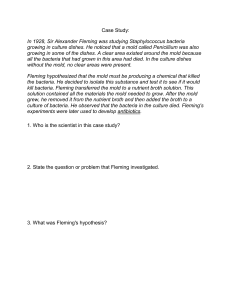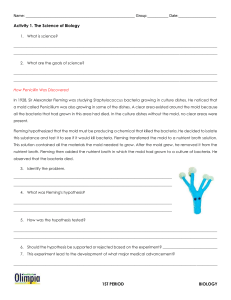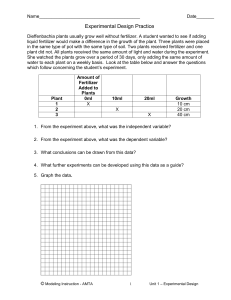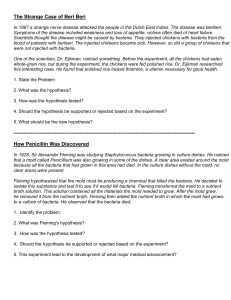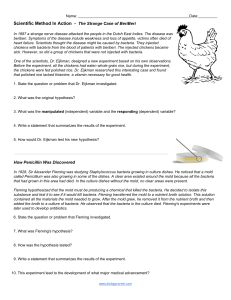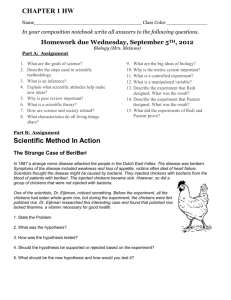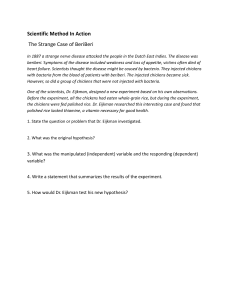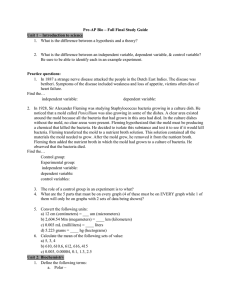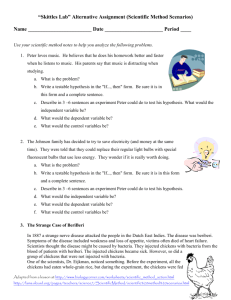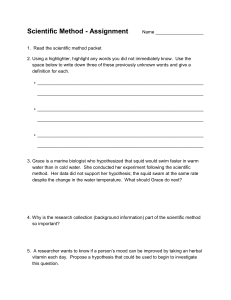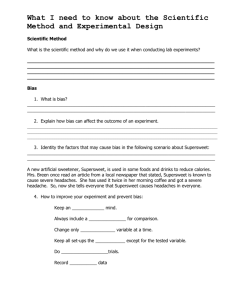HW Menu 3rd 9 weeks 2014 - NAAE Communities of Practice
advertisement
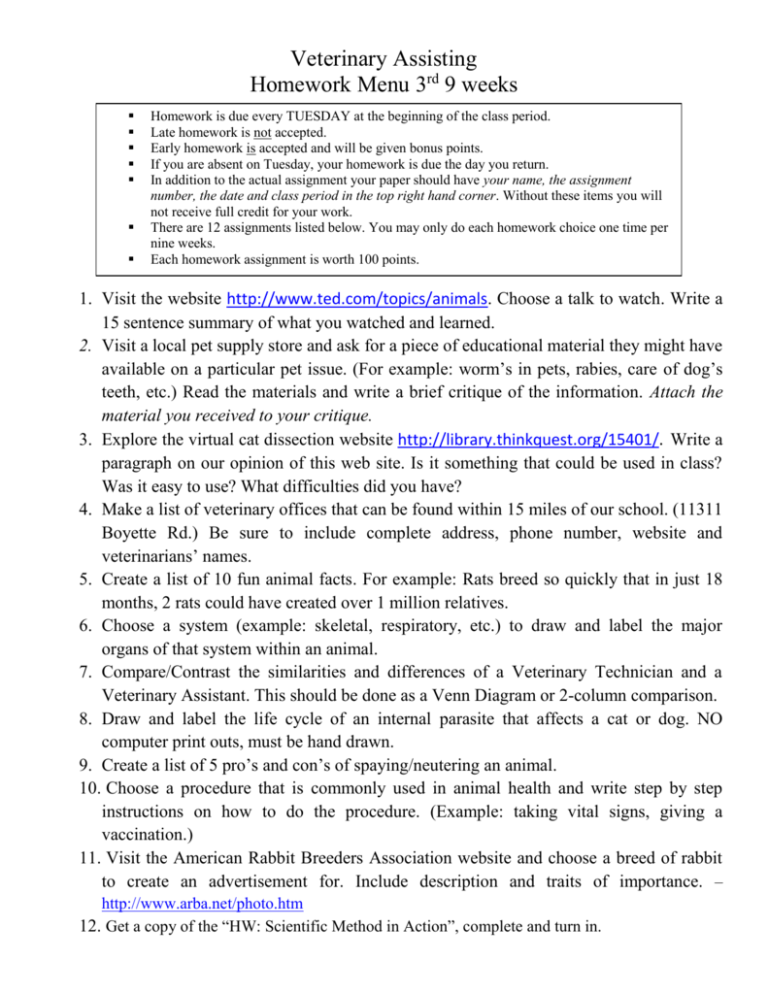
Veterinary Assisting Homework Menu 3rd 9 weeks Homework is due every TUESDAY at the beginning of the class period. Late homework is not accepted. Early homework is accepted and will be given bonus points. If you are absent on Tuesday, your homework is due the day you return. In addition to the actual assignment your paper should have your name, the assignment number, the date and class period in the top right hand corner. Without these items you will not receive full credit for your work. There are 12 assignments listed below. You may only do each homework choice one time per nine weeks. Each homework assignment is worth 100 points. 1. Visit the website http://www.ted.com/topics/animals. Choose a talk to watch. Write a 15 sentence summary of what you watched and learned. 2. Visit a local pet supply store and ask for a piece of educational material they might have available on a particular pet issue. (For example: worm’s in pets, rabies, care of dog’s teeth, etc.) Read the materials and write a brief critique of the information. Attach the material you received to your critique. 3. Explore the virtual cat dissection website http://library.thinkquest.org/15401/. Write a paragraph on our opinion of this web site. Is it something that could be used in class? Was it easy to use? What difficulties did you have? 4. Make a list of veterinary offices that can be found within 15 miles of our school. (11311 Boyette Rd.) Be sure to include complete address, phone number, website and veterinarians’ names. 5. Create a list of 10 fun animal facts. For example: Rats breed so quickly that in just 18 months, 2 rats could have created over 1 million relatives. 6. Choose a system (example: skeletal, respiratory, etc.) to draw and label the major organs of that system within an animal. 7. Compare/Contrast the similarities and differences of a Veterinary Technician and a Veterinary Assistant. This should be done as a Venn Diagram or 2-column comparison. 8. Draw and label the life cycle of an internal parasite that affects a cat or dog. NO computer print outs, must be hand drawn. 9. Create a list of 5 pro’s and con’s of spaying/neutering an animal. 10. Choose a procedure that is commonly used in animal health and write step by step instructions on how to do the procedure. (Example: taking vital signs, giving a vaccination.) 11. Visit the American Rabbit Breeders Association website and choose a breed of rabbit to create an advertisement for. Include description and traits of importance. – http://www.arba.net/photo.htm 12. Get a copy of the “HW: Scientific Method in Action”, complete and turn in. Name ________________________________________ Date _____________ Period _______ HW: Scientific Method in Action Directions: Read the scientific investigation below and answer the questions using what you know about the scientific method. Case #2: How Penicillin Was Discovered In 1928, Sir Alexander Fleming was studying Staphylococcus bacteria growing in culture dishes. He noticed that a mold called Penicillium was also growing in some of the dishes. A clear area existed around the mold because all the bacteria that had grown in this area had died. In the culture dishes without the mold, no clear areas were present. Fleming hypothesized that the mold must be producing a chemical that killed the bacteria. He decided to isolate this substance and test it to see if it would kill bacteria. Fleming transferred the mold to a nutrient broth solution. This solution contained all the materials the mold needed to grow. After the mold grew, he removed it from the nutrient broth. Fleming then added the nutrient broth in which the mold had grown to a culture of bacteria. He observed that the bacteria died. 1. Identify the problem: 2. What was Fleming's hypothesis? 3. How was the hypothesis tested? 4. Should the hypothesis be supported or rejected based on the experiment? Explain 5. This experiment led to the development of what major medical advancement?
